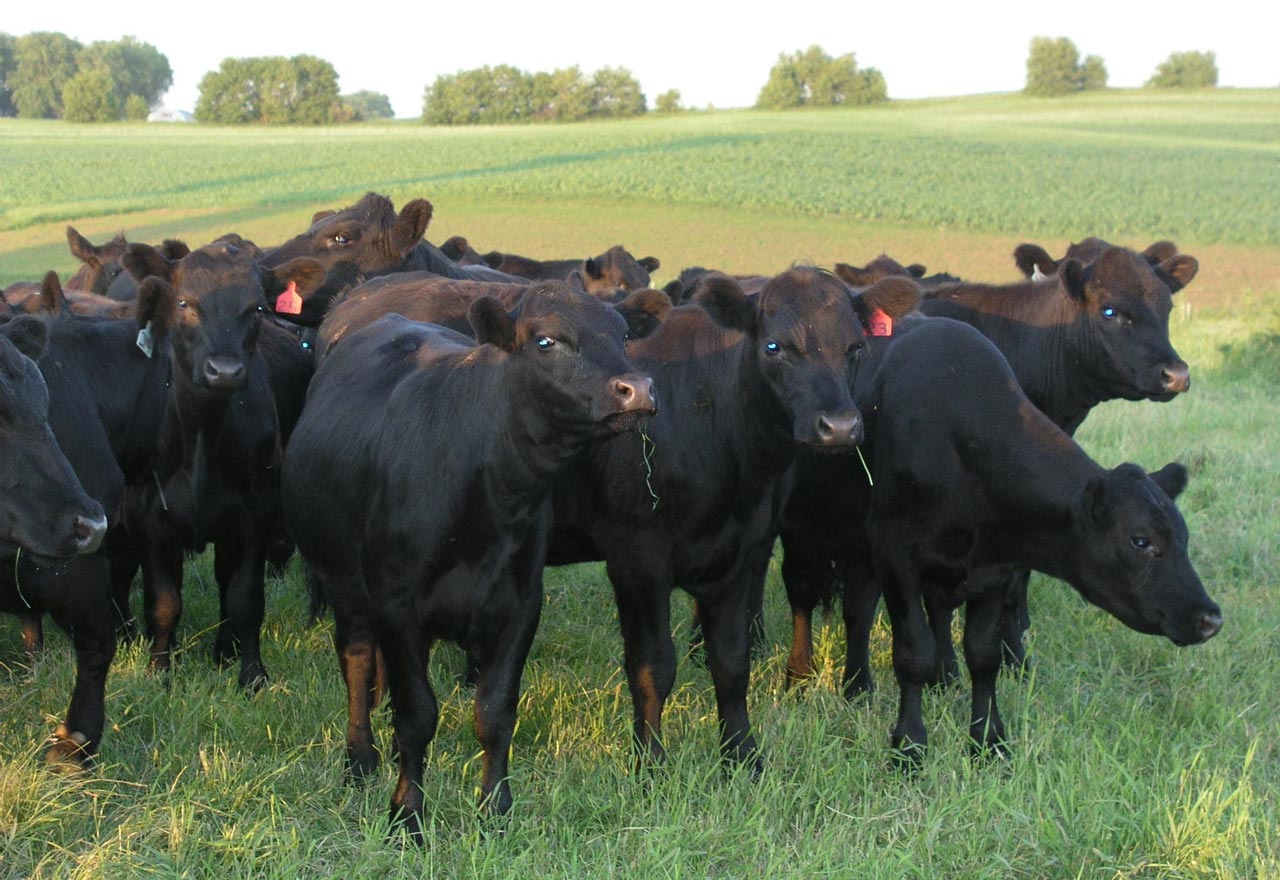A recently released white paper written by George Boody of the Land Stewardship Project, Farming to Capture Carbon and Address Climate Change through Building Soil, unearths the ways agriculture can help address climate issues.
Studying farmer experiences and reviewing literature, Boody concluded that well-managed grazing systems for ruminant livestock and continuous living cover (plant cover on the soil and roots in the ground all year long) contribute to soil carbon capture, improve water quality, and produce other environmental benefits.
Authentic organic farmers offer all who live within and on the soil, from humans and insects to fungi and microbiota, the additional service of never applying the most toxic synthetic pesticides or synthetic fertilizers. Even when applied sparingly to untilled fields, pesticides disrupt the soil microbiome and the process of carbon sequestration. With a commitment to enhancing soil health, true organic farmers also meet and exceed pasture requirements.
Cornucopia was pleased to see LSP’s policy recommendations to improve soil health, calling on the USDA to “strictly enforce meaningful access-to-pasture requirements for all organic farms, especially cows in ‘organic’ CAFOs; increase standards to meaningful grazing requirements to comply with consumer expectations.” The National Organic Program has indicated that a proposed rule will be unveiled soon, but the timing remains uncertain.
In the meantime, Cornucopia’s Organic Dairy Scorecard helps consumers identify authentic organic farmers whose cattle truly graze on pasture. Grazing animals on healthy organic pasture, rather than in feedlots, can help steward soil health, sequester carbon, and protect our waterways.
When consumers support authentic organic farmers at the grocery store, co-op, and farmers market, we ensure the future of the most resilient farms committed to continuous improvement of the land.
Land Stewardship Project
by George Boody
Farming to Capture Carbon & Address Climate Change Through Building Soil Health
How Well-Managed Grazing & Continuous Living Cover Benefit the Climate, Our Waters, Farmers & Taxpayers Through Improved Soil Health
Humans must act to reduce annual greenhouse gas emissions by at least 25% by 2030 to limit global average temperature increases to less than 2 degrees centigrade. Such a reduction may help us avoid the most catastrophic effects on people, especially the poor and those who live in coastal areas, as well as our life support systems on Earth. Along with reducing fossil fuel emissions, one key way to stabilize atmospheric carbon dioxide levels is by sequestering carbon. Written by George Boody, this Land Stewardship Project white paper outlines how well managed grazing of ruminant livestock combined with continuous living cover systems such as cover cropping can help agriculture play a major role in solving our climate crisis. This paper also outlines specific policy recommendations for reaching climate mitigation goals.


